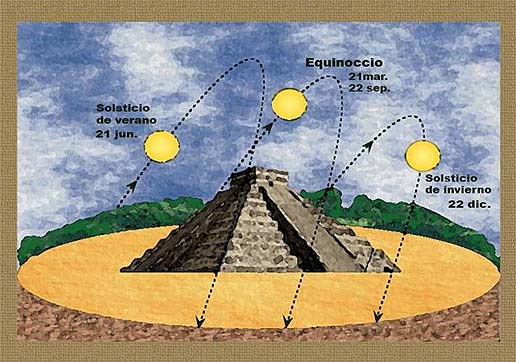
Now is the time! This is the moment! You the teacher have waited since all these new online applications made email one dimensional, and NOW you can use them easily in a protected environment.
You can learn to use these new tools of technology in your classroom and in your life. I believe that using these Web2.0 tools can improve your productivity, as well as student achievement.
With a bit of effort, you can break into the Web2.0 world, and
NASA has the tools to help. There are an enormous number of projects, activities and materials available to teachers, for science, math and technology, yet also for social studies, languages and other areas of education.
All you have to do is find the topic you are studying, and NASA can point you to the websites and online interactive practices to grab and hold students' attention. Then the rest is up to you, do one activity, one project or an array of related interactions and lessons. Don't forget to make an
official connection with the NASA group, so you can always email or talk with someone who can help or answer questions.
If you talk with any science teacher, connecting with NASA, they will tell you their favorite NASA area. You could spend an entire teaching career using a variety of
NASA connections and never know that other stuff is out there. For myself, one of my favorite NASA groups is the SECEF,
Sun-Earth Connection Education Forum.
Each year, the ingenious educators, technicians and scientists, at the
Sun-Earth Connection Education Forum, provide Science Math & Technology teachers with new, more creative, yet mind enhancing
multimedia, projects and opportunities for students, teachers, scientists and the public to develop their knowledge of
Sol and Earth.
Many of these new opportunities are considered interactive, part of the new Web2.0 movement.

One of the most exciting, yet practical Sun-Earth celebrations of the SECEF,
Ancient Observatories, continued the NASA educational traditions while paving the trail into the online, interactive path for science education.
With
podcasts, email alerts, related summer institutes, online projects, partnerships and public activities, the
SECEF team really pulled the Sun-Earth Day problem based learning project into an international learning celebration. Each year since, they have continued this powerful methodology of linking students, teachers, scientists and the public around the world into a model classroom.
If you ready to begin an educational partnership with the SECEF, the Sun-Earth Connection Education Forum, start by registering at the
Sun-Earth Day 2008 websited or by emailing Elaine Lewis, lewis@mail630.gsfc.nasa.gov and to receive the 2008 Sun-Earth Day Packet and email updates.

One Web 2.0 Sun-Earth Connection Education Forum (SECEF) activities you missed, but can use asynchronously, is the Arctic Circle Sunrise 2008. This series of meetings and interviews was part of the
Polar Gateway Conference that ran during the last week in January. There are excellent interviews and historical perspectives from some of the scientists and assistants from the local Inuit communities. Their stories are marvelous, and I think children and young people would agree. Other information and images are also available from this conference.
 This integration is most pronounced in the scientific disciplines representing any part of studies of the Earth, namely Geology, hydrology, meteorology, biology and others. A new integrated Earth Science discipline, referred to as Earth System Science, was created. The push for this integration with Earth Science was promoted most actively by the National Science Foundation (NSF) and the National Aeronautic and Space Administration (NASA).
This integration is most pronounced in the scientific disciplines representing any part of studies of the Earth, namely Geology, hydrology, meteorology, biology and others. A new integrated Earth Science discipline, referred to as Earth System Science, was created. The push for this integration with Earth Science was promoted most actively by the National Science Foundation (NSF) and the National Aeronautic and Space Administration (NASA). 
























